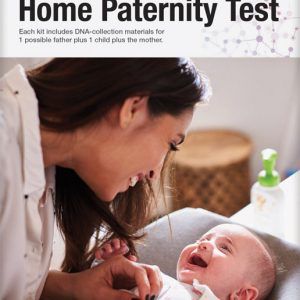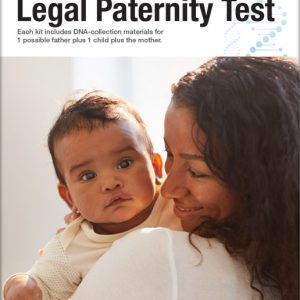Recent news about DNA tests that link the First Lady Michelle Obama’s ancestry to slave owners have stirred up some interest about the different ways in which DNA testing can be used in family research.
Similar to the techniques discussed in the adoption DNA testing interview (featured in the previous blog article), clients can turn to Y-DNA and mitochondrial DNA (mtDNA) testing, as well as paternity and family relationship testing to check hypotheses brought about by delving into one’s family records. These are briefly described below:
- Verifying if two males are from the same paternal lineage. The Y chromosome is passed on from father to son relatively unchanged through many generations. This test is a powerful exclusionary test; if the Y chromosomes do not match, then the two males are definitely unrelated paternally. If there is a match, the data is used to support other family records that point towards the paternal lineage relationship.
- Verifying if two individuals are from the same maternal lineage. Similarly, the mitochondrial DNA test can check whether a person belongs to a certain maternal lineage. A mother passes on her mtDNA to both sons and daughters, so this test is available to both males and females tracing their maternal line. If there are biological samples preserved, such as hair with the roots intact, even samples that are very old can be used to check maternal lineage using mtDNA.
- Verifying paternity and/or maternity. Although paternity/maternity testing usually answers questions about the current generation, if there are any biological samples that are viable–perhaps a preserved blood stain or tissue sample–postmortem paternity or maternity testing can be done even if one or all of the individuals in question have passed away. Depending on the quality of the remains, the laboratory may be able to produce a DNA profile for the deceased to compare for inheritance of the required markers in a paternity/maternity analysis.
- Family studies. Similarly, a siblingship or grandparentage analysis can be performed on postmortem samples to answer questions about family relationships that come up during research, if the samples are available.
To learn more about how DNA testing can help you with your specific family research question, call us at 1-800-613-5768 or send us an email.






0 Comments